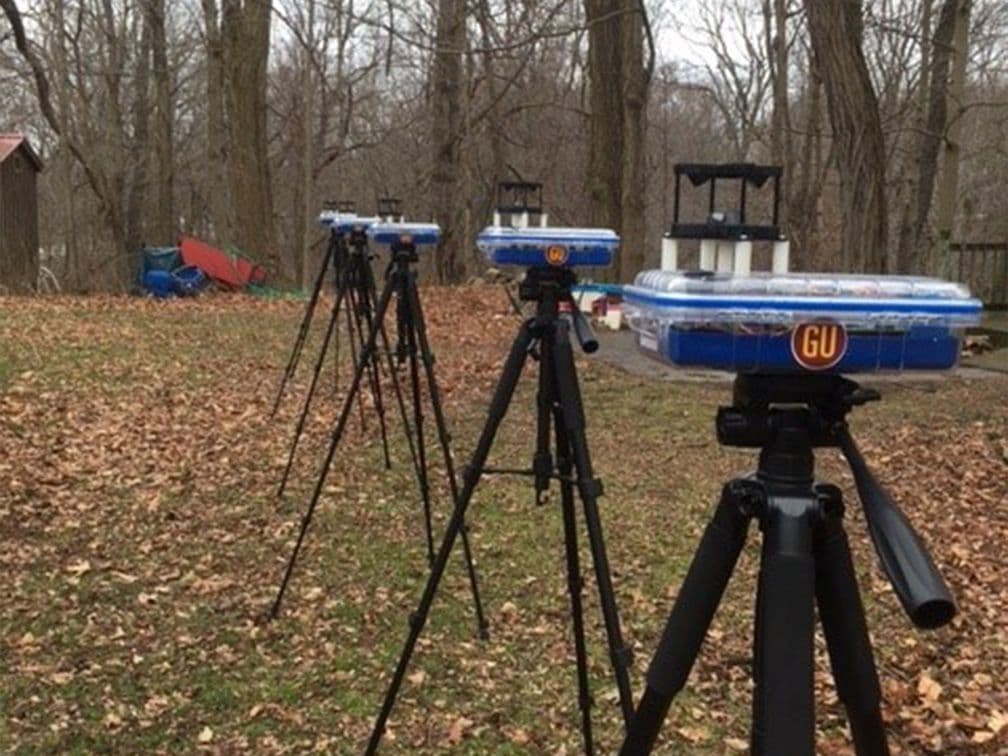“Only three times in my life, up to this point,” says Dr. David Horne, physicist and astronomer at Gannon University in Erie, PA, regarding the number of total solar eclipses he has observed.
While not once-in-a-lifetime, total solar eclipses are rare occurrences with limited geographical coverage. These special occasions present uncommon opportunities, and in April 2024, Dr. Horne, with the help of participants along the eclipse path nationwide, will attempt to measure a long-rumored phenomenon – the eclipse wind.
Throughout history, people have spoken of changes in the wind with the onset of a solar eclipse – from sailors watching mainsails inflate, to casual observers reporting sudden wind or stillness when the sun falls behind the shadow of the moon. With anecdotes, however, no one really knows if the observations are actual phenomena, if they arise in the psyche of observers, or if they were normal events that happened to correspond with the eclipse. An anecdote is often a question in need of data, and answers about the eclipse wind are forthcoming.
To study the eclipse wind, Dr. Horne has constructed an array of sensor platforms that will be deployed by volunteer citizen-scientists across the country. On each platform, a LI-550 TriSonica® Mini Wind and Weather Sensor will measure wind speed, wind direction, air temperature, pressure, and relative humidity, while a custom-programmed Arduino® microcomputer will record the data. Supplemental sensors will provide ambient light and redundant air pressure measurements.
Traditional 3-D sonic anemometers are costly, but the low cost of the LI-550 TriSonica® Mini Wind and Weather Sensor made it ideal for this research. Plus, the LI-550 measures more than just wind. Measurements of ambient air pressure, humidity, and temperature reduced the complexity of the sensor system. Since these parameters are included in the data from the LI-550, there was no need to build a more complex data acquisition system. The LI-550 sends data as plain text that is easy to log and interpret.
Dr. Horne and his peers have created simple, dependable sensor platforms that can be deployed by volunteers who have minimal training. Six sensor platforms will be installed along the path of the eclipse. Starting one hour before first contact, participants will place the sensor platform in position, power it on, and wait while the eclipse happens. One hour after the eclipse is over, participants will gather the equipment and send it – along with the data – to Dr. Horne. Dr. Horne hopes that the data gathered will provide evidence for eclipse wind and inform future lines of inquiry into the phenomenon.
Regardless of what they learn about the eclipse wind, this research certainly proves something: meaningful experiments can be undertaken by resourceful, creative scientists with a small budget and small team. Good research questions can be overshadowed by big-budget studies, but sometimes great ideas are close at hand. And sometimes, a good hypothesis to test is one that is suspected by observers but not yet known to science. You might even say that it was better to know the wind than to wonder.

Purchase Online
Get a Quote